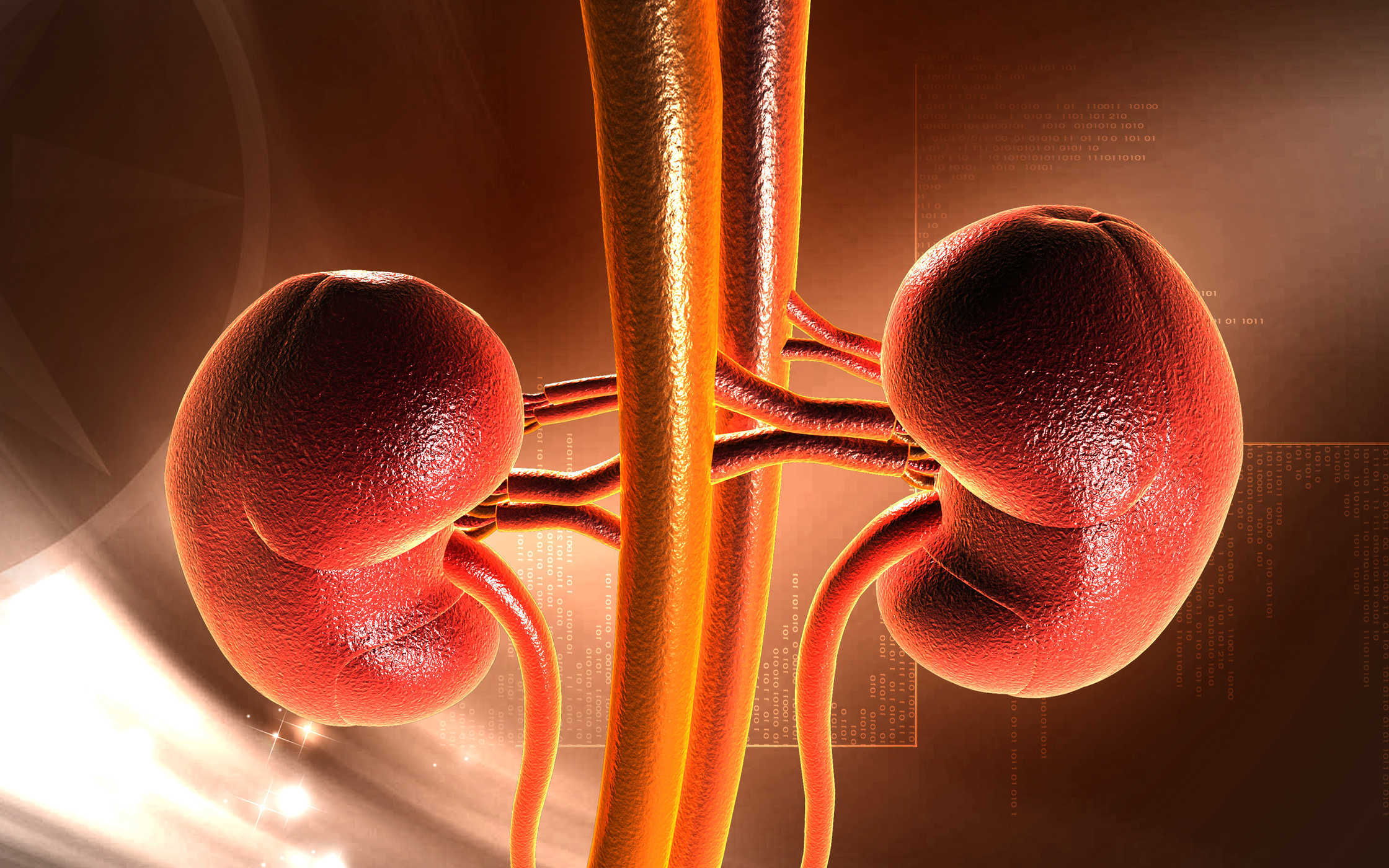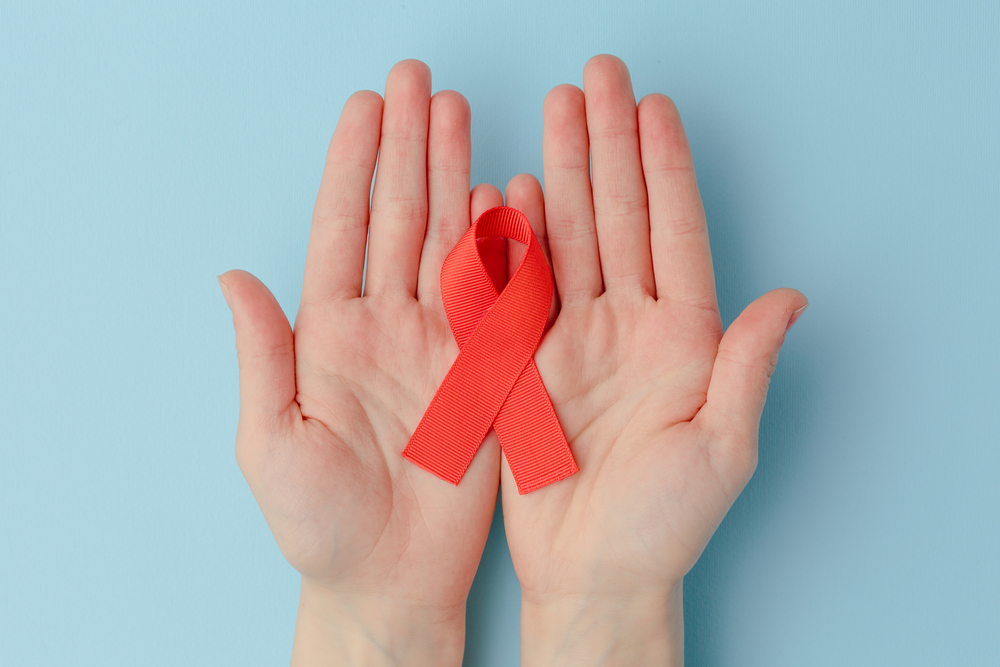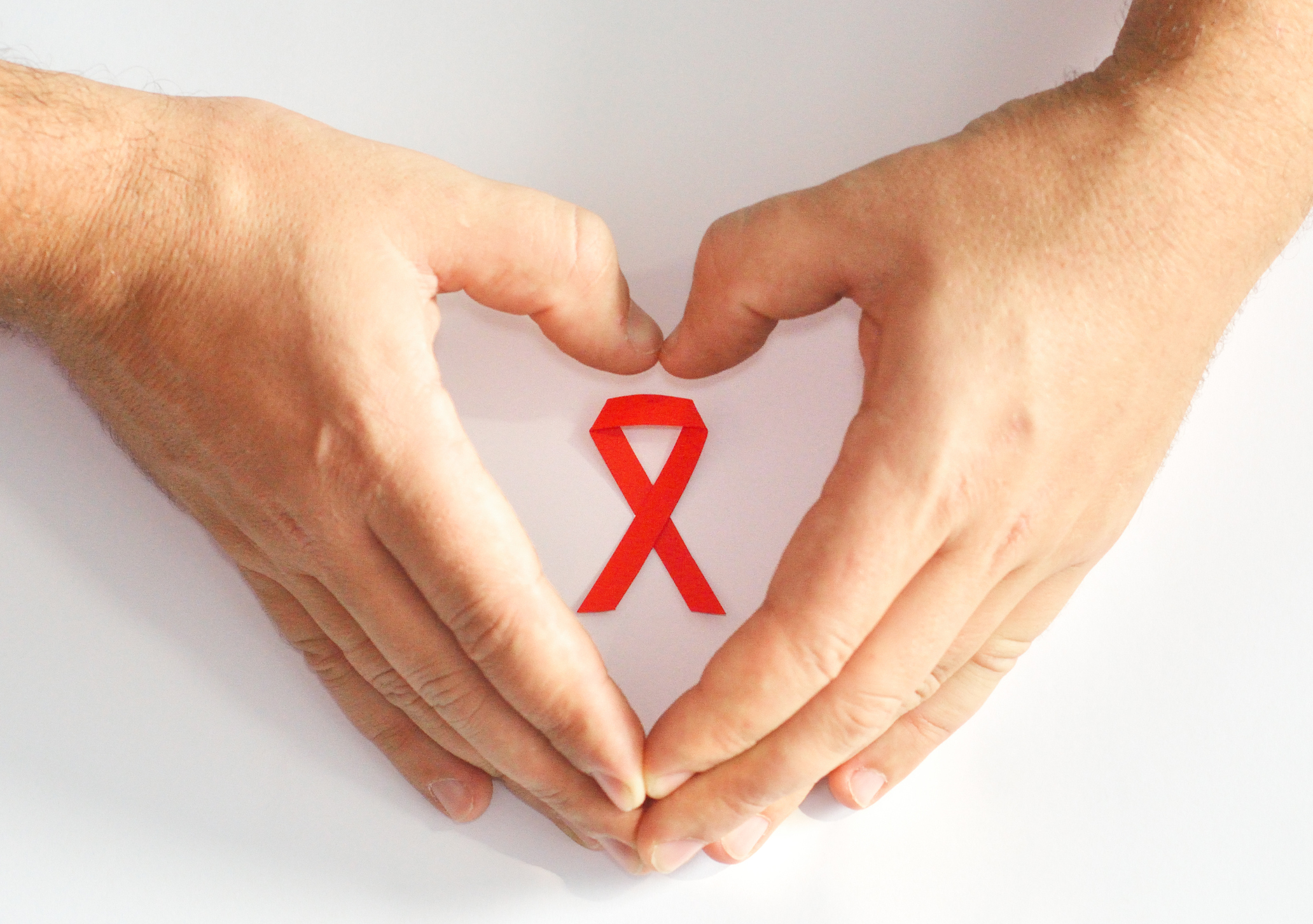Contents:
- Medical Video: Stages of Kidney Disease
- What is a single kidney?
- Should people with one kidney be monitored for kidney damage?
- Albuminuria testing
- Dipstick test for albumin
- Albumin and creatinine measurements
- Decrease in GFR testing
- Monitoring high blood pressure
Medical Video: Stages of Kidney Disease
What is a single kidney?
When a person has only one kidney or one kidney that works, this kidney is called a single kidney. The three main causes of a single kidney are:
- Birth defects. People with kidney agenesis born with only one kidney. People born with renal dysplasia have both kidneys; however, one kidney does not function. Many people with renal agenesis or renal dysplasia do not realize that they have one kidney until they do X-rays, ultrasound, or surgery for unrelated conditions.
- Kidney removal surgery. Some people must remove the kidneys to treat cancer and other diseases or injuries. When the kidney is removed surgically because of an illness or for donation, both the kidney and ureter will be removed.
- Kidney donor.More and more people donate kidneys to family members or friends who have kidney failure.
In general, people who live with one kidney lead a healthy life. However, some people are more likely to develop kidney disease.
Should people with one kidney be monitored for kidney damage?
People with one kidney must be regularly checked for signs of the following kidney damage:
- Albuminuria
- Decreased glomerular filtration rate (GFR)
- High blood pressure
Albuminuria testing
Albuminuria is a higher level of protein albumin in the urine. Albumin acts like a sponge, pulling fluid from the body into the bloodstream, until it is released by the kidneys. When albumin leaks into the urine, blood loses the ability to absorb extra fluid from the body. Although an increase in albumin in urine may not cause any symptoms, it often shows the risk of increased kidney disease.
Dipstick test for albumin
The presence of albumin in urine can be detected by a dipstick test performed on urine samples. The urine sample is collected in a special container at the place of the health care provider and can be tested in the same location or sent to the laboratory for analysis. With a dipstick test, the nurse places a chemically treated paper strip, called a dipstick, into the person's urine sample. Color changes will occur on the dipstick when protein is found in urine.
Albumin and creatinine measurements
More precise measurements are usually needed to confirm albuminuria. A single urine sample or urine collected for 24 hours is sent to the laboratory for analysis. With a single urine sample, the laboratory measures albumin and creatinine, and waste products from normal muscle damage. The results are reported as the ratio of urine albumin-creatinine. A urine sample containing more than 30 mg of albumin for every gram of creatinine might indicate a problem. On collecting urine for 24 hours, the lab only measures the amount of albumin present. Even though both of these tests are effective, a single urine sample is easier to collect than a 24-hour sample collection and is usually sufficient to diagnose and monitor kidney disease.
Decrease in GFR testing
Blood is collected at the health care provider and sent to the laboratory for analysis and can be tested to estimate how much blood the kidneys filter every minute, called the glomerular filtration rate (eGFR). The test results show the following:
- eGFR 60 or above is in the normal range.
- eGFR below 60 indicates kidney damage.
- eGFR 15 or less likely to show kidney failure.
Monitoring high blood pressure
Blood pressure is the power of blood that pushes against the walls of blood vessels when the heart pumps blood out. Blood vessels are also called arteries. High blood pressure, also called hypertension, is an increase in the amount of blood pressure in blood vessels when moving through the body. Blood pressure is written in two numbers separated by a slash. For example, the blood pressure results of 120/80 are said to be "120 above 80." The first number is called systolic pressure and represents pressure as the heart rate and pushes blood through the blood vessels. The second number is called diastolic pressure and represents pressure when the heart is resting and blood vessels relax between heartbeats.
A person's blood pressure is considered normal if it stays below 120/80. Prehypertension is systolic pressure 120-139 or diastolic pressure 80 to 89. High blood pressure is systolic pressure 140 or more or diastolic pressure above 90. High blood pressure is diagnosed when the test is often repeated blood pressure several times when blood pressure is consistently above 140/90. Health care providers measure blood pressure with blood pressure cuffs. You can also buy blood pressure cuffs in places like drug stores to monitor blood pressure at home.
High blood pressure can damage blood vessels in the kidneys, reducing their ability to work properly. Damaged kidneys may be less able to remove salt and extra fluids, increase blood pressure further and create a dangerous cycle.












